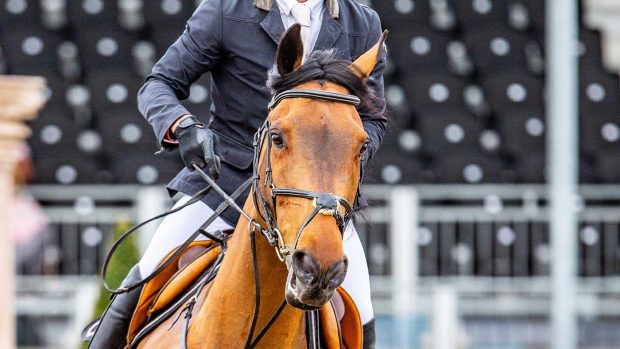Horse & Hound is supported by its audience. When you purchase through links on our site, we may earn commission on some of the items you choose to buy.
Learn more
Apart from the basic cavesson, most nosebands are designed to give the rider extra control – either by restricting the extent to which the horse can open his mouth, by applying pressure on the nose, or both.
There are so many designs on the market – and rules which govern under what circumstances they can be used – that it can be quite difficult to work out which one would be best for your horse.
Noseband check list
If you’re having problems because your horse opens his mouth, get his teeth checked and make sure the bit you are using is the right type, the right size and is correctly fitted.
Your horse can only work properly and come on the bit if he can flex his jaw. If his jaw is strapped tightly shut, he won’t be able to do this and you may find he resists even more. Nosebands which fasten below the bit should be adjusted so they prevent the horse from opening his mouth too wide, but not be so tight that they prevent him opening it at all.
A young horse who is teething is bound to go through ‘gobby’ stages and tight nosebands can make the problem worse. Problem and young horse specialist Richard Maxwell rarely uses any sort of noseband when starting a youngster’s education, as he likes to be able to see and feel the horse’s reactions to the bit.
An older horse who pulls may do so out of excitement or as a defence against bad hands and a severe bit. It may be worth trying a noseband such as a Worcester or Kate Negus combination noseband, as the different control points will make him think and perhaps make him happier in his mouth.
If you are taking part in dressage competitions, you can use a cavesson, drop or flash noseband with a snaffle bridle.
Grakle nosebands are only allowed in horse trials tests.
Double bridles can only be used with cavesson or doubleback nosebands.



